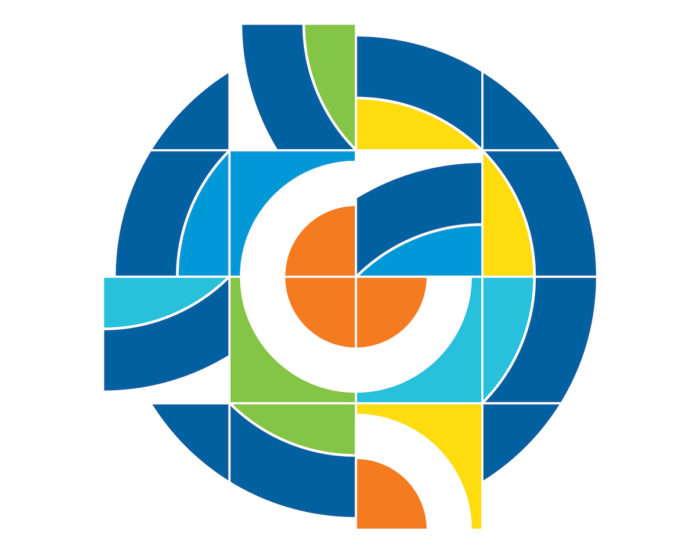An abridged version of the original World Bank report published in 2018
Overview
Schooling is not the same as learning. When delivered well, education cures a host of societal ills. For individuals, it promotes employment, earnings, health, and poverty reduction. For societies, it spurs innovation, strengthens institutions, and fosters social cohesion. But these benefits depend largely on learning. Schooling without learning is a wasted opportunity. More than that, it is a great injustice: the children whom society is failing most are the ones who most need a good education to succeed in life. Any country can do better if it acts as though learning really matters. That may sound obvious – after all, what else is education for? Yet even as learning goals are receiving greater rhetorical support, in practice many features of education systems conspire against learning. This Report argues that countries can improve by advancing on three fronts:
Assess learning – to make it a serious goal. This means using well-designed student assessments to gauge the health of education systems (not primarily as tools for administering rewards and punishments). It also means using the resulting learning measures to spotlight hidden exclusions, make choices, and evaluate progress.
Act on evidence – to make schools work for all learners. Evidence on how people learn has exploded in recent decades, along with an increase in educational innovation. Countries can make much better use of this evidence to set priorities for their own practice and innovations.
Align actors – to make the whole system work for learning. Countries must recognize that all the classroom innovation in the world is unlikely to have much impact if, because of technical and political barriers, the system as a whole does not support learning. By taking into account these real-world barriers and mobilizing everyone who has a stake in learning, countries can support innovative educators on the front lines.
When improving learning becomes a priority, great progress is possible. In the early 1950s, the Republic of Korea was a war-torn society held back by very low literacy levels. By 1995 it had achieved universal enrolment in high-quality education through secondary school. Today, its young people perform at the highest levels on international learning assessments. Vietnam surprised the world when the 2012 results of the Programme for International Student Assessment (PISA) showed that its 15-year-olds were performing at the same level as those in Germany – even though Vietnam was a lower-middle-income country. Between 2009 and 2015, Peru achieved some of the fastest growth in overall learning outcomes – an improvement attributable to concerted policy action.
Progress like this requires a clear-eyed diagnosis, followed by concerted action. Before showing what can be done to fulfil education’s promise, this overview first shines a light on the learning crisis: how and why many countries are not yet achieving “learning for all.” This may make for disheartening reading, but it should not be interpreted as saying that all is lost—only that too many young people are not getting the education they need. The rest of the overview shows how change is possible if systems commit to “all for learning,” drawing on examples of families, educators, communities, and systems that have made real progress.










